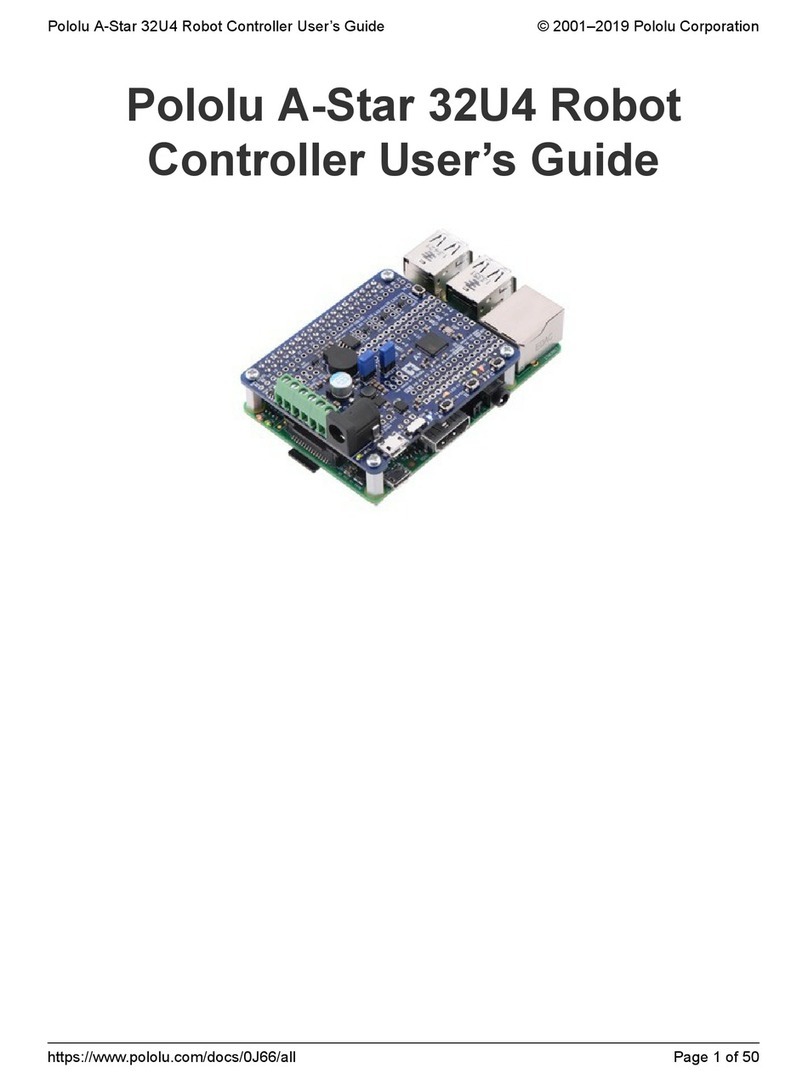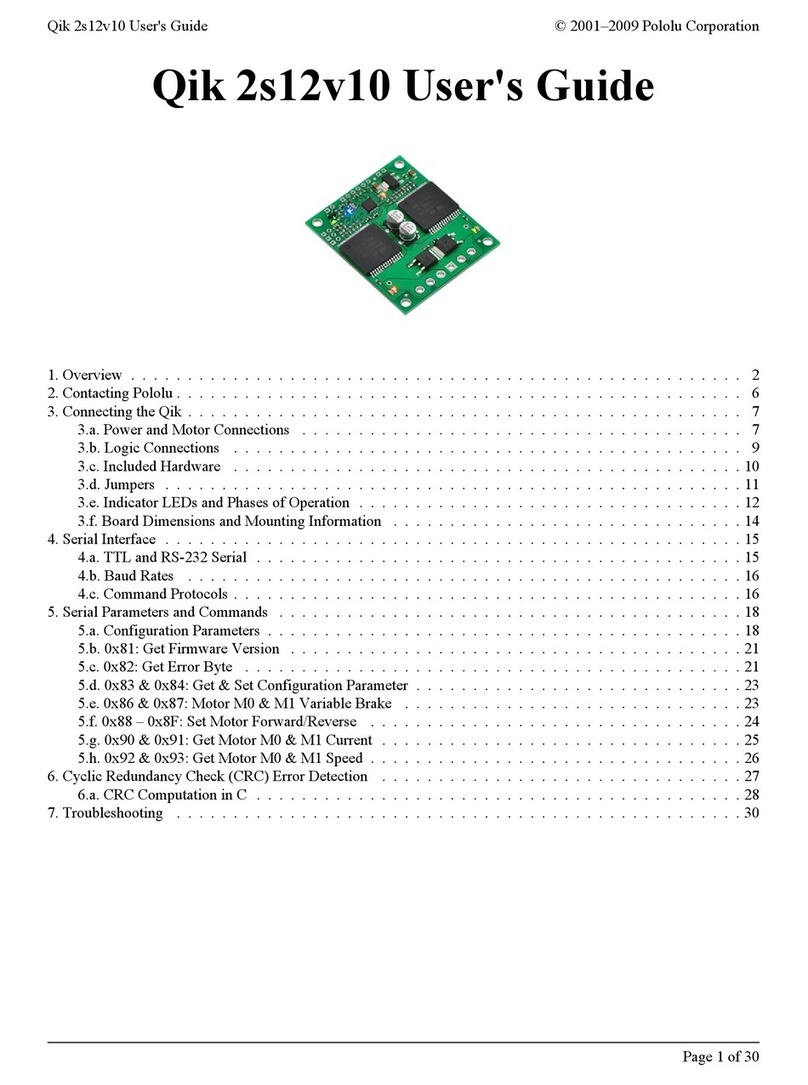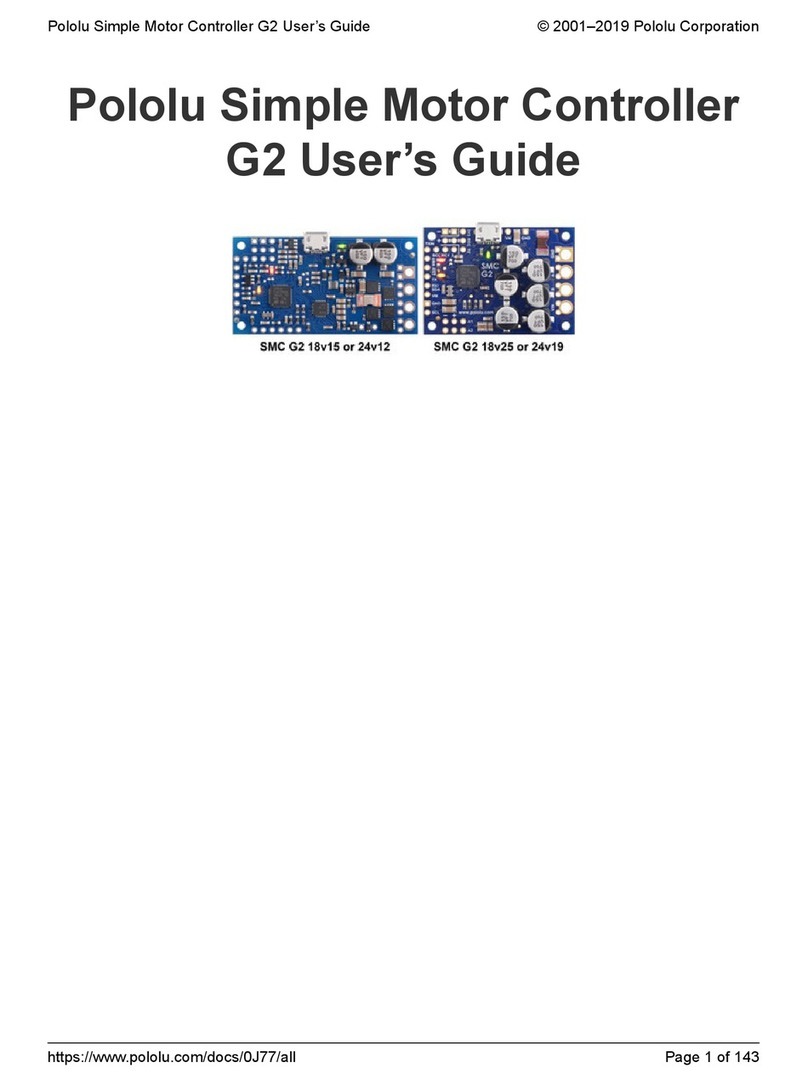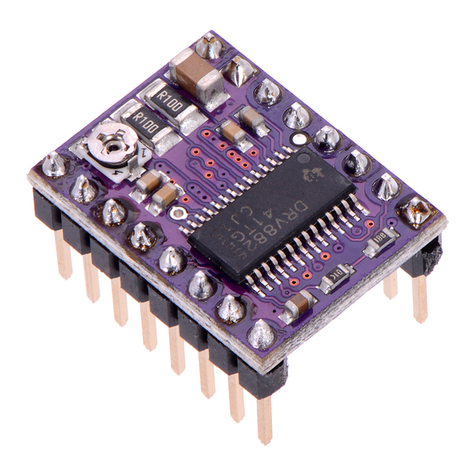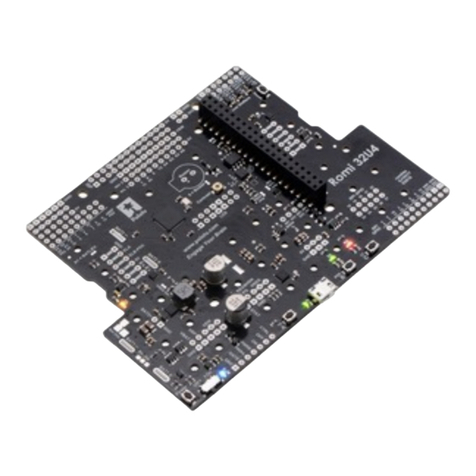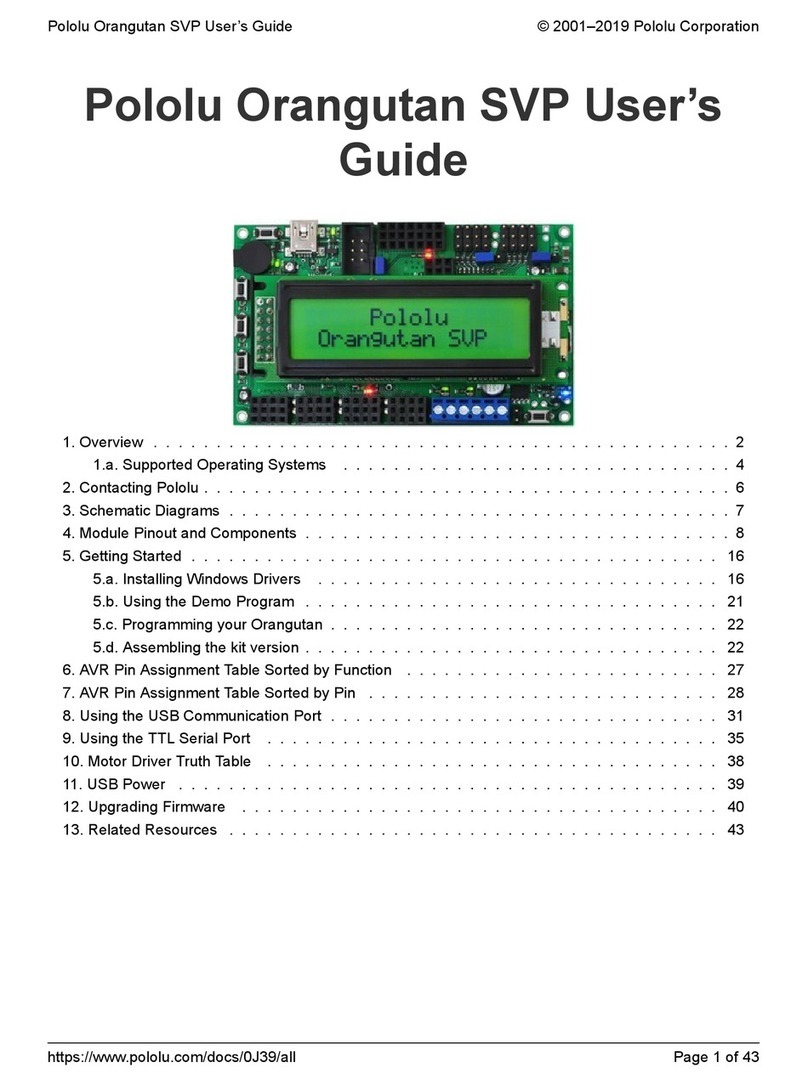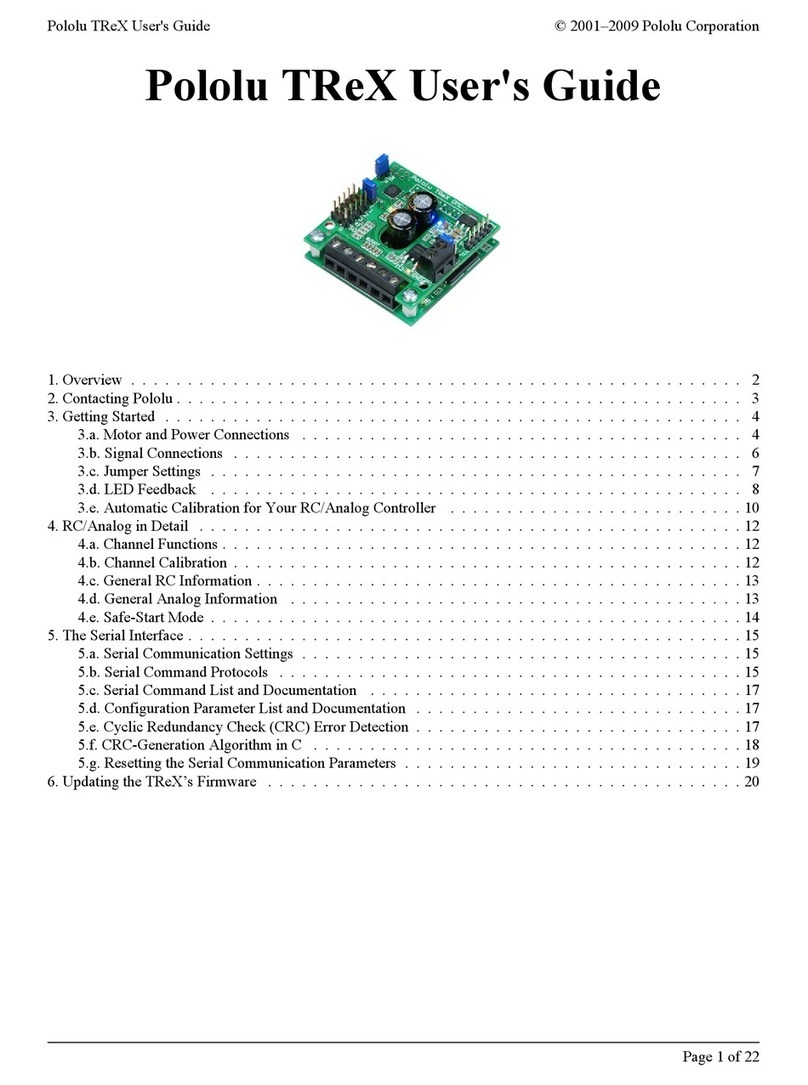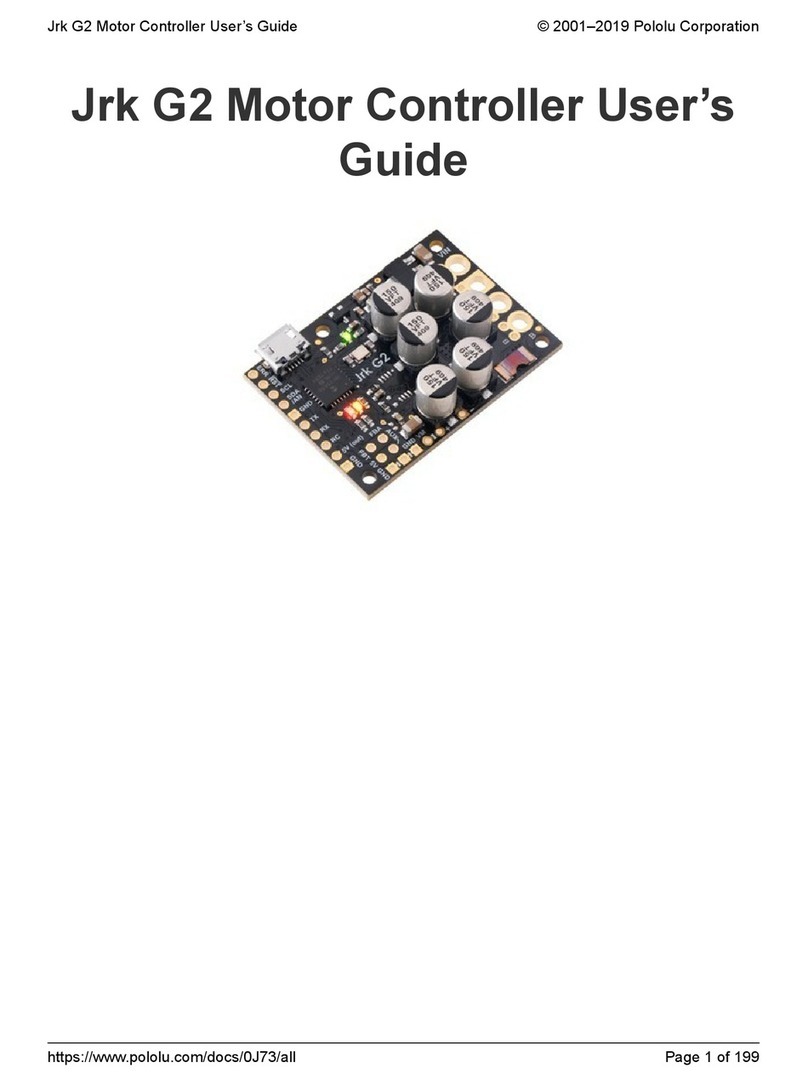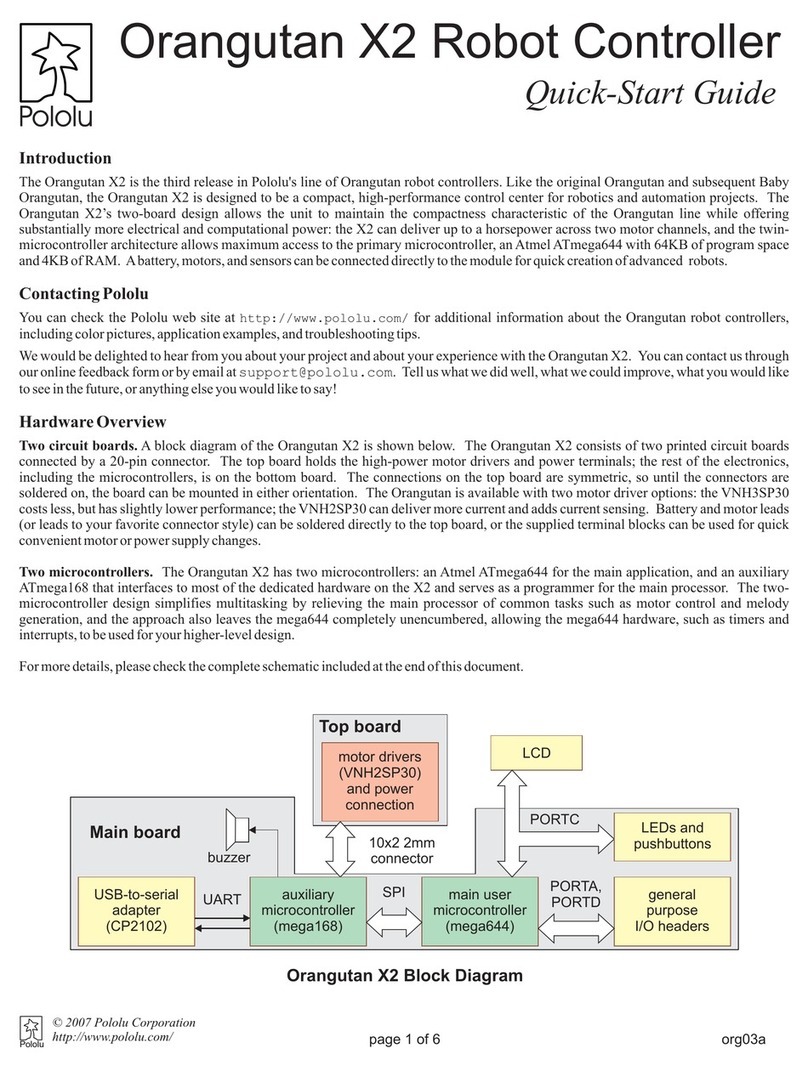Mini Maestro 24-Channel USB Servo Controller (Partial Kit)
Getting started with the Maestro Servo Controller
Overview
Maestro family of USB servo controllers: Mini 24,
Mini 18, Mini 12, and Micro 6.
The Mini Maestros are the newest of Pololu’s second-generation USB servo controllers, offering
more channels and features than the smaller six-channel Micro Maestro. The Mini Maestros are
available in three sizes, and they can be purchased fully assembled or as partial kits:
Mini Maestro 12 — fully assembled
Mini Maestro 12 — partial kit
Mini Maestro 18 — fully assembled
Mini Maestro 18 — partial kit
Mini Maestro 24 — fully assembled
Mini Maestro 24 — partial kit
The Mini Maestros are highly versatile (and compact) servo controllers and general-purpose I/O
boards. They support three control methods: USB for direct connection to a computer, TTL serial
for use with embedded systems, and internal scripting for self-contained, host controller-free
applications. The channels can be configured as servo outputs for use with radio control (RC)
servos or electronic speed controls (ESCs), as digital outputs, or as analog/digital inputs. The
extremely precise, high-resolution servo pulses have a jitter of less than 200 ns, making these
servo controllers well suited for high-performance applications such as robotics and animatronics,
and built-in speed and acceleration control for each channel make it easy to achieve smooth,
seamless movements without requiring the control source to constantly compute and stream
intermediate position updates to the Mini Maestros. The Mini Maestros also feature configurable
pulse rates from 1 to 333 Hz and can generate a wide range of pulses, allowing maximum
responsiveness and range from modern servos. Units can be daisy-chained with additional Pololu
servo and motor controllers on a single serial line.
